Celebrate World Cocktail Day
World Cocktail Day, celebrated annually on May 13th, pays tribute to the artistry and skill involved in cocktail crafting. It acknowledges the global significance and diversity of cocktails, tracing back to the first definition of the term “cocktail” in 1806 within The Balance and Columbian Repository, a publication based in Hudson, New York. Cocktails have since become integral to social gatherings, offering a wide array of flavours and concoctions for people to enjoy and unwind. From the classic sophistication of a Martini to the tropical allure of a Piña Colada or the refreshing tang of a Mojito, cocktails provide endless opportunities for creativity and indulgence. World Cocktail Day encourages enthusiasts to explore new recipes, support local bars and mixologists, and raise a toast to the timeless art of cocktail making. So, whether you prefer your drink shaken or stirred, take a moment today to celebrate the enchantment of cocktails and the joy they bring to our lives. Here’s to World Cocktail Day!
And what better way to honour this occasion than by savouring a Cognac Old Fashioned? This refined twist on a classic cocktail combines the intricate, robust flavours of cognac with the timeless sophistication of an Old Fashioned. To concoct this delightful blend, mix 50 ml of Hermitage 10 Year Old Grande Champagne Cognac, 7.5 ml of simple syrup, and a few dashes of Angostura bitters in a mixing glass with ice. Stir thoroughly and strain into a chilled glass over a ice cubes. Garnish with a twist of orange peel to add a zesty touch. Sip slowly and relish the harmonious medley of flavours – it’s a cocktail experience beyond compare.
Happy mixing!

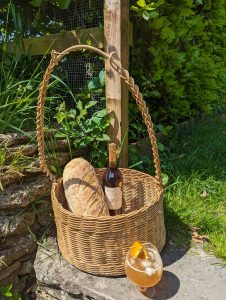
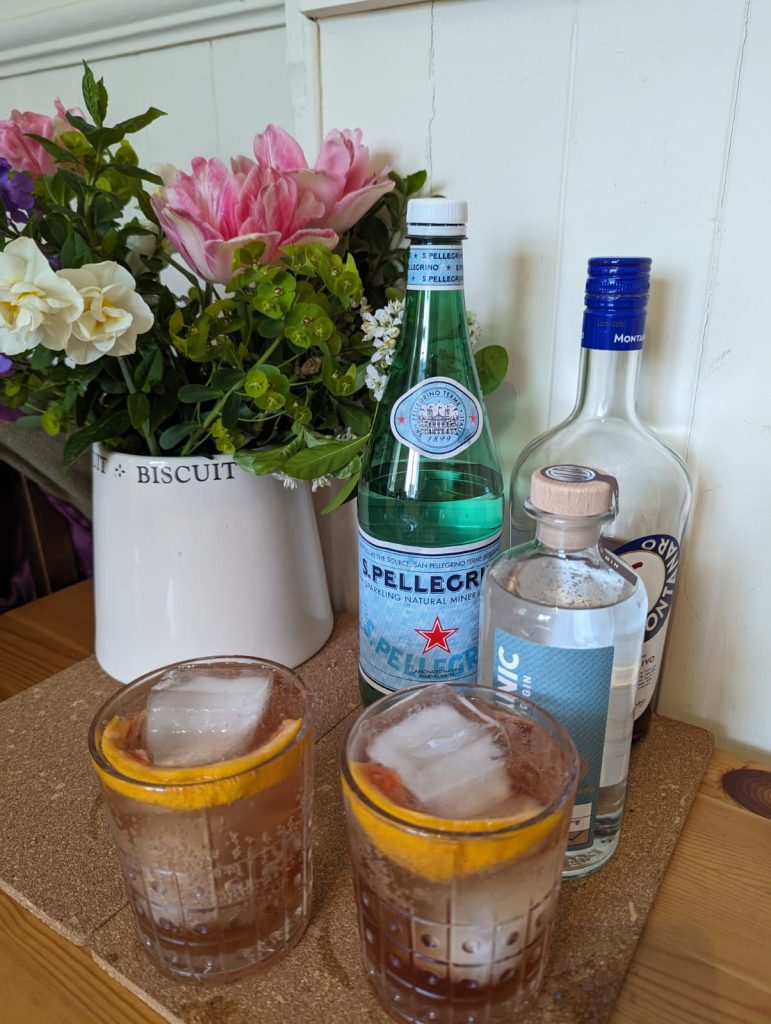
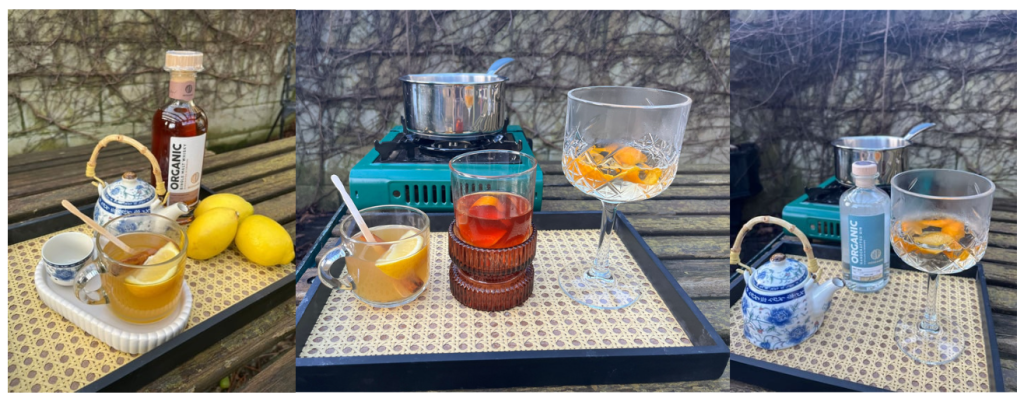
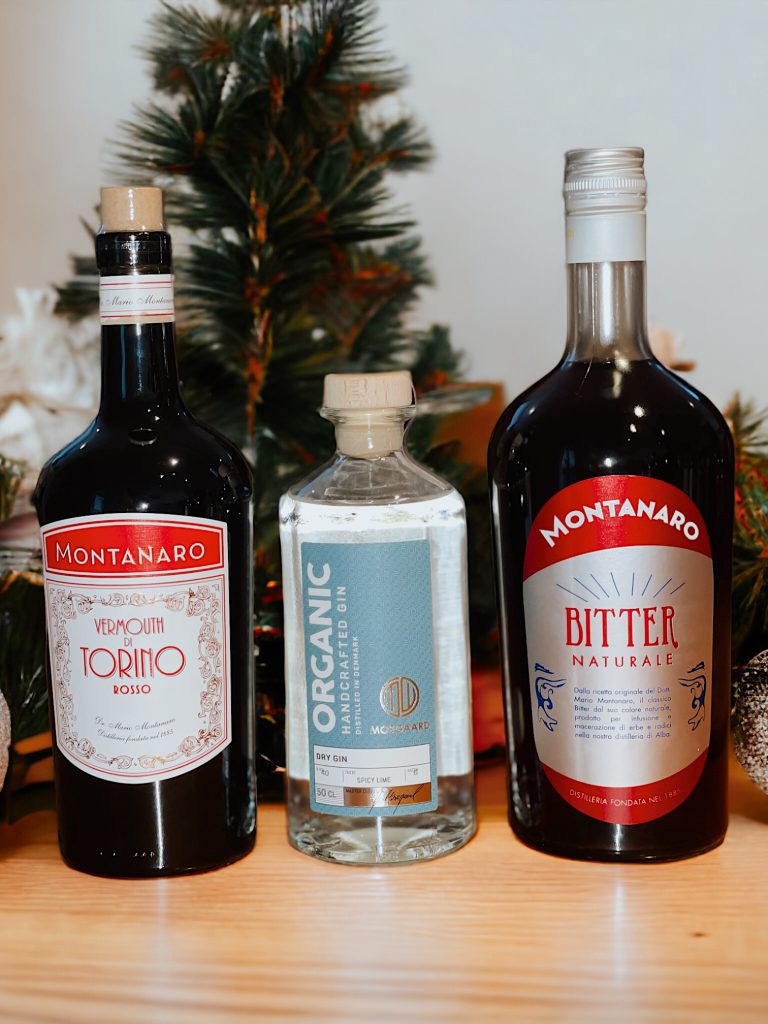
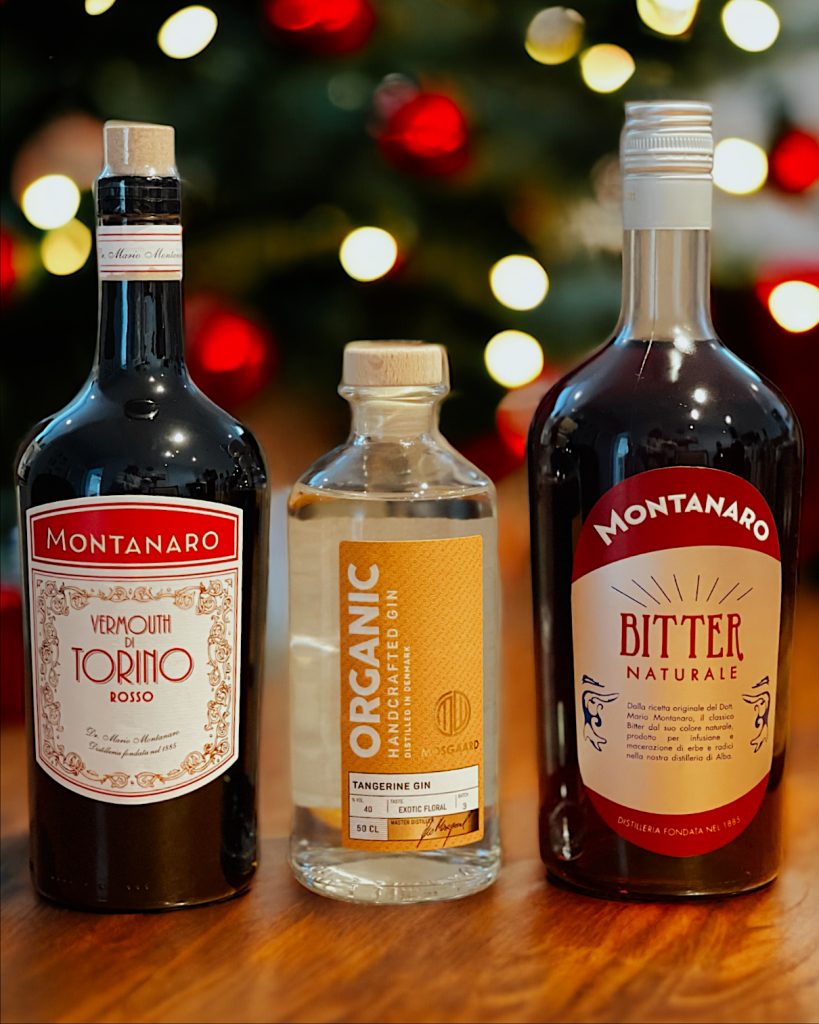
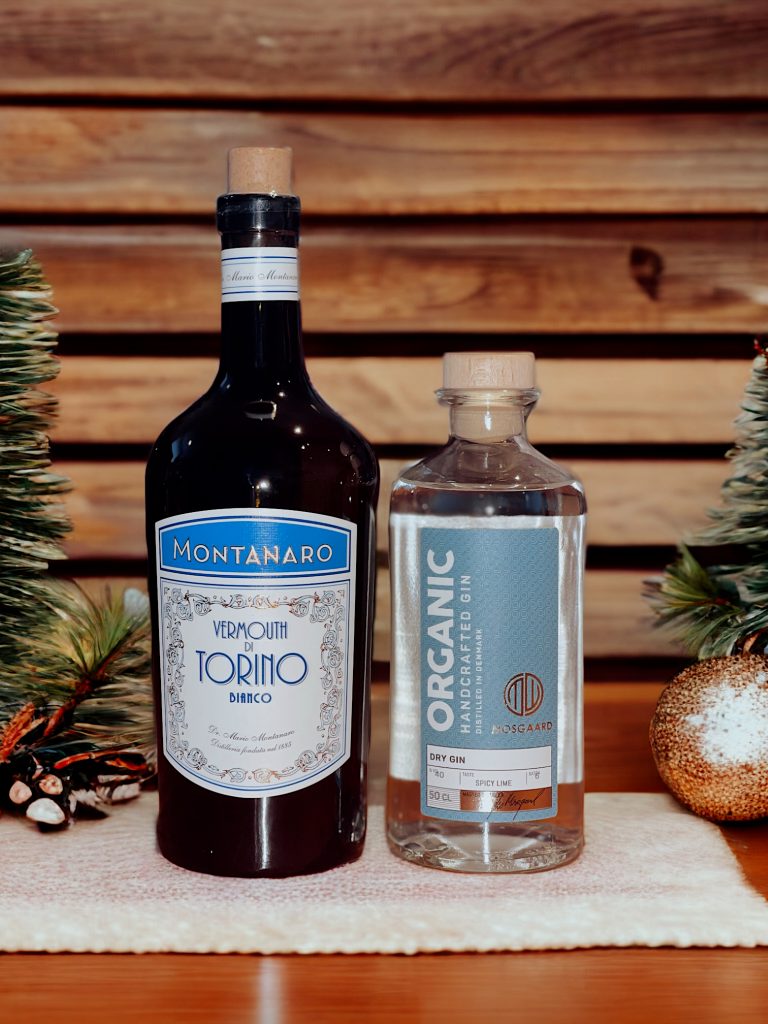
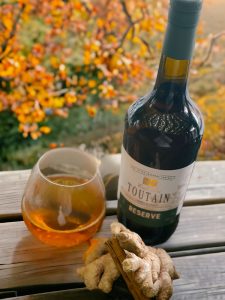
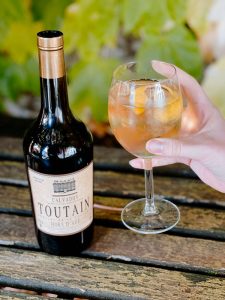 Today Thursday, 20th October, is World Calvados Day. If you would like to try this fabulous French apple brandy how about making something different? Calvados and tonic is France’s answer to the G&T and is a staple in Normandy. Although traditionally served chilled, it is just as fabulous with heaps of ice, a ton of tonic and a simple lemon twist producing a drink that’s “A little bitter and sweet, refreshing and bright”.
Today Thursday, 20th October, is World Calvados Day. If you would like to try this fabulous French apple brandy how about making something different? Calvados and tonic is France’s answer to the G&T and is a staple in Normandy. Although traditionally served chilled, it is just as fabulous with heaps of ice, a ton of tonic and a simple lemon twist producing a drink that’s “A little bitter and sweet, refreshing and bright”.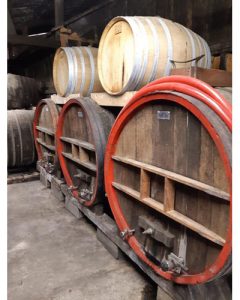 Calvados is a brandy made from apples and produced exclusively in Normandy. Its history dates back to 1553, when the drink was known as cidre eau-de-vie. The name calvados was introduced in the late 1700s, when France was divided into departments, and it is now known as one of the Three Noble French Eaux de Vie (cognac and armagnac being the other two). National Calvados Week is now in its tenth year and will run, alongside the annual apple harvest, from 10 – 16 October in bars and retailers throughout the UK. World Calvados Day will follow on shortly afterwards, on the 20th October, which falls on the eve of National Apple Day. If
Calvados is a brandy made from apples and produced exclusively in Normandy. Its history dates back to 1553, when the drink was known as cidre eau-de-vie. The name calvados was introduced in the late 1700s, when France was divided into departments, and it is now known as one of the Three Noble French Eaux de Vie (cognac and armagnac being the other two). National Calvados Week is now in its tenth year and will run, alongside the annual apple harvest, from 10 – 16 October in bars and retailers throughout the UK. World Calvados Day will follow on shortly afterwards, on the 20th October, which falls on the eve of National Apple Day. If 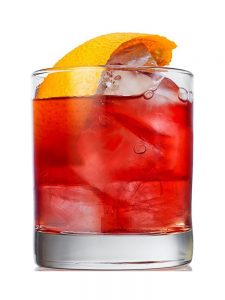 Negroni Week was originally scheduled to take place on 12-18 September brand but it will now take place in the UK on 3-9 October 2022. The aperitivo brand, Campari, put all marketing activities in the UK on hold in the days following the Queen’s death on 8 September, including the week-long annual celebration of the Italian cocktail.
Negroni Week was originally scheduled to take place on 12-18 September brand but it will now take place in the UK on 3-9 October 2022. The aperitivo brand, Campari, put all marketing activities in the UK on hold in the days following the Queen’s death on 8 September, including the week-long annual celebration of the Italian cocktail.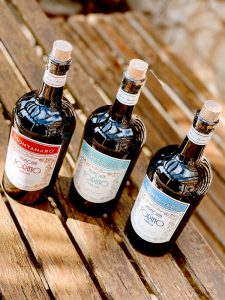 On the 21st of March, we are going to celebrate Vermouth Day. Created by Giancarlo Mancino, the date corresponds with the beginning of spring, a period of the year where everything is flourishing. ‘The first flowers bloom, the plants become increasingly green and the scents in the air are so many and so diverse that you want to trap them all inside a bottle.’
On the 21st of March, we are going to celebrate Vermouth Day. Created by Giancarlo Mancino, the date corresponds with the beginning of spring, a period of the year where everything is flourishing. ‘The first flowers bloom, the plants become increasingly green and the scents in the air are so many and so diverse that you want to trap them all inside a bottle.’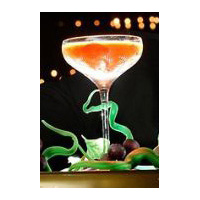 Vintage cocktails, made from rare and very old vintage cognac, are trending …… they are also extremely expensive! Interest began with the World’s most expensive cocktail which was created in 2012 and sold for £5500. It contained a 1788 Cognac, 1770 Liqueur and 1860 Orange Curacao. Similar concoctions can now be bought at the very best bars in the
Vintage cocktails, made from rare and very old vintage cognac, are trending …… they are also extremely expensive! Interest began with the World’s most expensive cocktail which was created in 2012 and sold for £5500. It contained a 1788 Cognac, 1770 Liqueur and 1860 Orange Curacao. Similar concoctions can now be bought at the very best bars in the  world for similarly handsome prices.
world for similarly handsome prices.